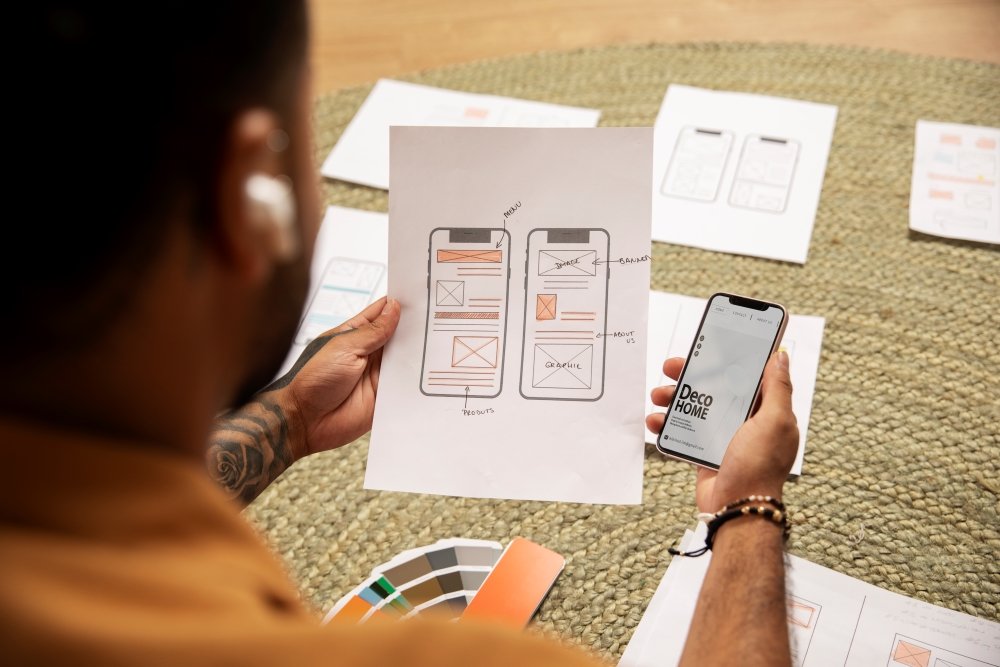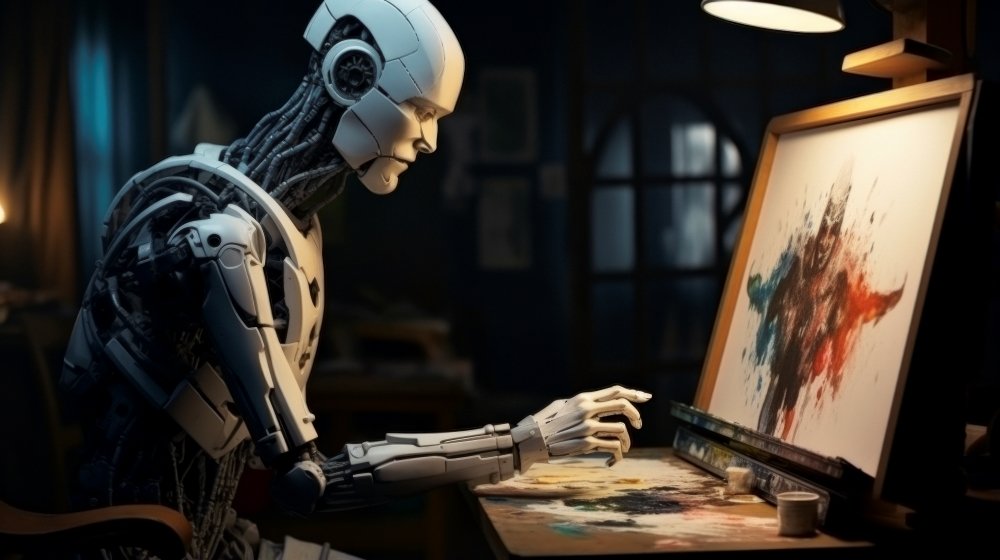Top 10 UI/UX Design Trends to Watch in 2025
Gabriel
Subscribe to our newsletter
Get the latest updates, insights, and growth tactics from AddGuestPost in your inbox.

As we look ahead to 2025, the world of UI/UX design continues to evolve at a rapid pace. New technologies, user expectations, and design philosophies are constantly reshaping the digital landscape. For designers, staying ahead of these trends is crucial to creating intuitive, engaging, and innovative user experiences. Here’s a look at the top 10 UI/UX design trends to watch in 2025.
1. AI-Driven Design
Artificial Intelligence (AI) is revolutionizing UI/UX design, making it more intuitive, personalized, and efficient. AI tools are now able to assist with everything from user behavior analysis to content customization, enabling designers to create tailored experiences for each user. Expect to see more AI-driven design systems, smart layouts, and dynamic interfaces that adapt in real-time.
Read more about AI in design: Smashing Magazine – AI in Design.

2. Voice User Interface (VUI)
With the growing popularity of voice assistants like Alexa and Siri, Voice User Interfaces are becoming more prominent. In 2025, VUI will continue to improve, enabling users to interact with digital platforms through voice commands. This trend is particularly relevant for mobile apps, smart devices, and websites focused on accessibility and convenience.
Learn how to implement VUI: UX Design Institute – Voice UX Design.
3. Augmented Reality (AR) Integration
Augmented Reality (AR) is expected to take a more significant role in UI/UX design as immersive technologies become more mainstream. With AR, designers can create interactive experiences that blend the physical and digital worlds. This trend will be especially important in retail, education, and entertainment apps, where users can visualize products or information in real-time.
Discover AR tools for design: Figma AR Plugin.
4. Minimalist and Simplified Design
The trend towards minimalist design continues to gain momentum. In 2025, UI/UX will focus on clean, uncluttered layouts that prioritize usability and accessibility. Simple designs with fewer elements and intuitive navigation will allow users to find what they need quickly and easily. The “less is more” approach will be key to creating sleek, modern interfaces.
Explore minimalist design principles: Canva – Minimalist Design Guide.
5. Dark Mode as Default
Dark mode has become a favorite among users for its sleek look and ability to reduce eye strain. In 2025, expect dark mode to become the default design for many apps and websites. As more users embrace this feature, designers will need to ensure that color contrasts and readability remain top priorities while creating dark-themed interfaces.
Learn how to design with dark mode: UX Planet – Designing for Dark Mode.
6. Microinteractions
Microinteractions, the small animations or design elements that guide users through a task, are becoming increasingly important in UI/UX design. These subtle interactions, such as button hover effects or notification animations, add a layer of delight and functionality to the user experience. In 2025, microinteractions will be even more refined and integrated into the design to keep users engaged.

7. Personalization and Customization
As users seek more personalized experiences, UI/UX design will focus on customization options that cater to individual preferences. Whether it’s changing color schemes, adjusting layouts, or personalizing content recommendations, users will demand more control over how they interact with digital platforms. This trend will be driven by advanced data analysis and machine learning algorithms.
8. Neumorphism
Neumorphism, a design style that blends skeuomorphism and flat design, is gaining traction as a trend for 2025. This style uses soft shadows, gradients, and subtle 3D effects to create a tactile, almost realistic experience for users. It’s ideal for interfaces that want to convey a sense of depth and physicality while maintaining a modern and clean aesthetic.
9. 3D and Immersive Design Elements
With advancements in web and mobile technology, 3D design elements are becoming more feasible and more visually impactful. In 2025, expect to see an increase in 3D illustrations, objects, and immersive experiences that engage users in new and creative ways. These elements will not only enhance the visual appeal but also improve interaction and usability, particularly in gaming, e-commerce, and entertainment.
10. Inclusive and Accessible Design
As inclusivity and accessibility continue to be top priorities, UI/UX designers will increasingly focus on creating experiences that cater to diverse user needs. This includes improving color contrast, adding text-to-speech features, and designing intuitive navigation for users with disabilities. In 2025, designers will use accessibility standards as a foundation to build websites and apps that are usable by everyone.
Read more about accessible design: WebAIM – Accessibility Design Best Practices.
Conclusion
The UI/UX design landscape in 2025 promises to be more exciting and user-centric than ever before. With the rise of AI, AR, and voice interfaces, combined with a continued focus on minimalism, personalization, and accessibility, designers will have plenty of opportunities to innovate and enhance the user experience. As these trends continue to evolve, staying on top of the latest design innovations will be key to creating seamless, engaging, and future-proof digital experiences.
Publish Your Blog on This Space
AddGuestPost.com welcomes guest bloggers to contribute content across a variety of categories. If you believe your content can bring value to our community, we’d love to have you on board!
Related Posts
Top Divi Plugins to Supercharge Your Website in 2025
Is Elementor Still Worth It in 2025? A No-Fluff Review
How Guest Posting Can Boost Your SEO in 2025
The Rise of AI-Generated Content and Its Impact on Creators
Categories
Categories
Advertise
here
Publish Your Blog on This Space
AddGuestPost.com welcomes guest bloggers to contribute content across a variety of categories. If you believe your content can bring value to our community, we’d love to have you on board!